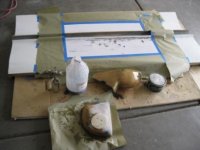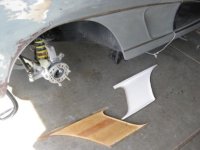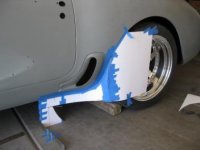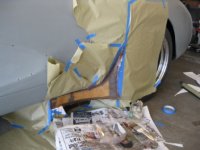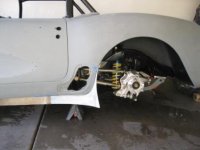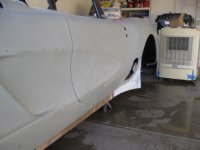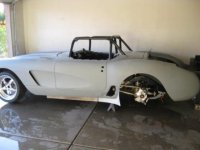clutchdust
Millionaire Playboy
I'm getting comfortable enough with my fiberglassing skills that I'm tempted to make my own parts. In particular, I plan on making a revised fender vent that's significantly larger and looks more like the C6GS vents. I'm also planning on some vents on top of the hood as well, but not like those generic ones that (used?) to be for sale through Ecklers. Anyway, my two biggest concerns about this is how do a make a mock-up for a more complex part like that? And how do I make both sides symmetrical?
I have made some very basic parts, patches mostly, of flat FG, but I don't know how I'm going to make things with some curves and raises. I'm thinking of creating them with clay and laying the FG over top but I am unsure if I can get the correct dimensions and curves with clay to replicate the parts being modified. Then I don't know how laying FG directly over clay will work out. Finally, I am worried about making both side exact mirror images.
Suggestions?
I have made some very basic parts, patches mostly, of flat FG, but I don't know how I'm going to make things with some curves and raises. I'm thinking of creating them with clay and laying the FG over top but I am unsure if I can get the correct dimensions and curves with clay to replicate the parts being modified. Then I don't know how laying FG directly over clay will work out. Finally, I am worried about making both side exact mirror images.
Suggestions?

